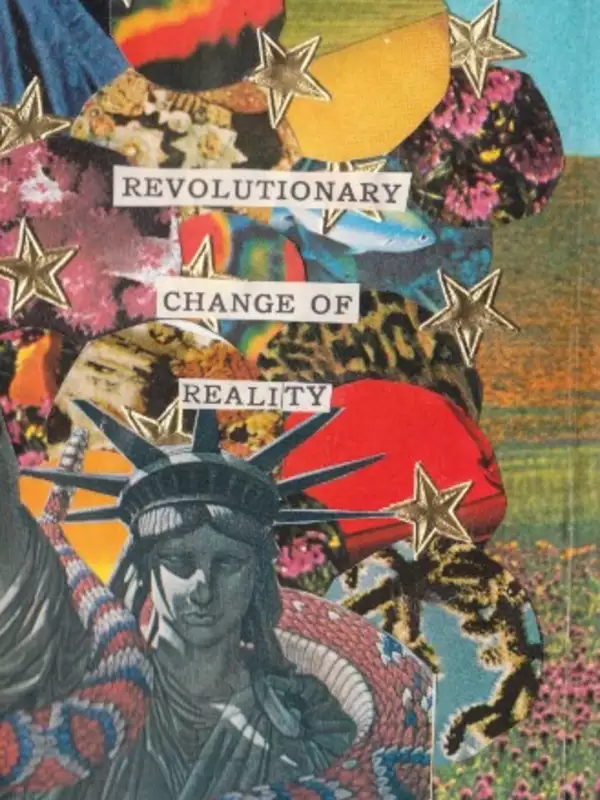
The College’s popular lifelong learning programs are a draw for individuals seeking the academic enrichment only Barnard can offer

As the coronavirus pandemic swept across the globe earlier this year, with stay-at-home orders hot on its heels, people found their own ways to self-soothe amid feelings of uncertainty, loss, and just plain boredom. Some sought relief in creature comforts like Cap’n Crunch and Netflix. Others found solace in more creative outlets. Enter the “quaranzine,” 2020-speak for handmade, self-published booklets created during life under lockdown. These ephemeral, small-batch publications (a riff on the zine format that be came hallmarks of riot grrrl, punk, and “do-it-yourself” subcultures) provide a glimpse into both daily and inner life over the pandemic’s course, often through essays, comics, found images, and collage. Barnard Library, recognizing the importance of these items as artistic and historical artifacts, is actively collecting quaranzines as a part of its permanent collection of some 11,000 zines. “I thought the zine DIY ethos fit perfectly with the concept of people creating their own history of this strange time,” explains Jenna Freedman, curator of the Barnard Zine Library.
Though zines are traditionally analog products, quaranzine making gained traction online as artists disseminated their work on social media aspart of an independent, virtual #quaranzinefest in early April (tagline: “Inoculate against boredom”). Freedman — after noticing the quaranzines propagate online and the efforts of Barnard media specialist Karl-Mary Akre to document students’ experiences through audio and video — offered to purchase them for the Zine Library’s collection, with a special emphasis on the experiences of women and nonbinary people. “I called the request for zines, ‘Who Better to Document This Experience Than Everyone?’” Freedman says.
To date, the Zine Library has amassed 200 quaranzines from artists around the world, including those in the Barnard community. Gabi Levy ’22’s contribution, “Empty Chairs at Empty Tables,” features screenshots of found text from pandemic-era emails (“your flight has been cancelled”), recipes (“how to make whipped coffee”), Google searches (the lyrics for the Les Misérables song and zine’s namesake), advertisements (“toilet paper stock update!”) and online messages (“anyone get their severance yet?”). Miarosa Ciallella ’19, meanwhile, splashed her quaranzine with exuberant yet apocalyptic collages of flowers, microbes, celestial objects, and a leering Big Brother-like male figure, all to showcase how the pandemic could connect Americans, even as the government failed them. “Zines act as micro-archives of historical and personal moments,” Ciallella reflects. “[I] wanted to document this moment through my own artistic interpretation of a global pandemic.”
Reporting contributed by Danielle Slepyan ’22.